Questions on Refinishing Antique Heart Pine
synrgystyk
15 years ago
Featured Answer
Comments (11)
amrad
15 years agosynrgystyk
15 years agoRelated Professionals
East Saint Louis Cabinets & Cabinetry · Billings Cabinets & Cabinetry · Gaffney Cabinets & Cabinetry · Harrison Cabinets & Cabinetry · Little Chute Cabinets & Cabinetry · Livingston Cabinets & Cabinetry · Cypress Carpenters · Tigard Carpenters · Athens Flooring Contractors · Garfield Heights Flooring Contractors · Powder Springs Flooring Contractors · River Edge Flooring Contractors · Bridgeport Furniture & Accessories · Greenville Furniture & Accessories · Washington Furniture & Accessoriessynrgystyk
15 years agokdmcbrd
8 years agosynrgystyk
8 years agokdmcbrd
8 years agoSombreuil
8 years agokdmcbrd
8 years agolazy_gardens
8 years agoCharim
8 years ago
Related Stories

FEEL-GOOD HOMEThe Question That Can Make You Love Your Home More
Change your relationship with your house for the better by focusing on the answer to something designers often ask
Full Story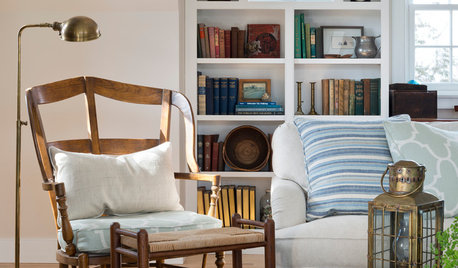
FURNITURESmart Shopper: How to Judge Antique Furniture Quality
Pick the treasures from the trash without expert experience by learning how to evaluate antiques and what questions to ask
Full Story
REMODELING GUIDESConsidering a Fixer-Upper? 15 Questions to Ask First
Learn about the hidden costs and treasures of older homes to avoid budget surprises and accidentally tossing valuable features
Full Story
GREAT HOME PROJECTSWhat to Know Before Refinishing Your Floors
Learn costs and other important details about renewing a hardwood floor — and the one mistake you should avoid
Full Story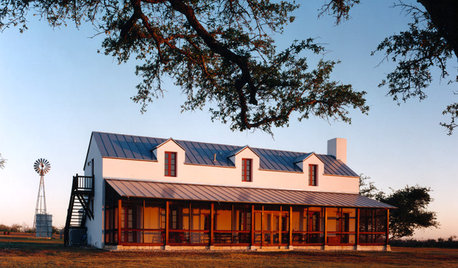
FARMHOUSESHouzz Tour: German Tradition Deep in the Heart of Texas
Rooted in architecture from the 1800s, this award-winning home mixes history with the vernacular of today
Full Story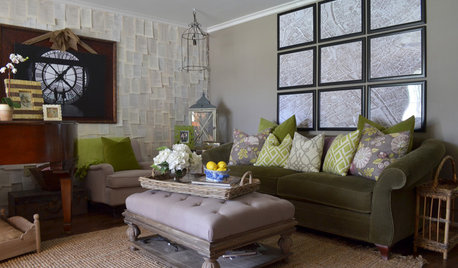
HOUZZ TOURSMy Houzz: A DIY Gold Mine in the Heart of Texas
From a sawn-down sleigh bed to book pages as wallpaper, the projects in this home are a testament to the homeowners' ingenuity
Full Story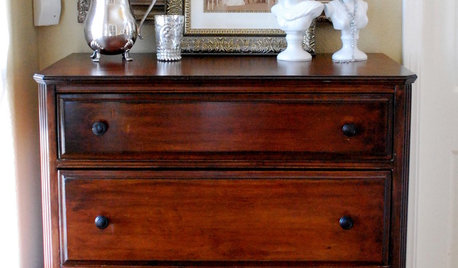
FURNITUREAntiques Shopping? Let Love Guide Your Search
If discovering aged treasures is your passion, you’re not alone. Find a kindred spirit and his buying tips here
Full Story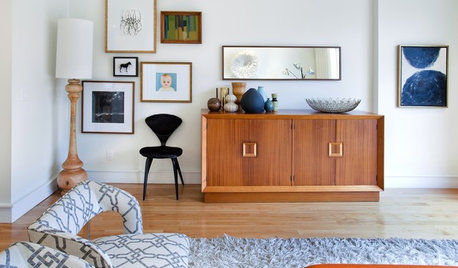
DECORATING GUIDES12 Antique Store Finds to Nab Now, Place Later
See the accessories one decorator always buys when she spots them — as long as she gets there first
Full Story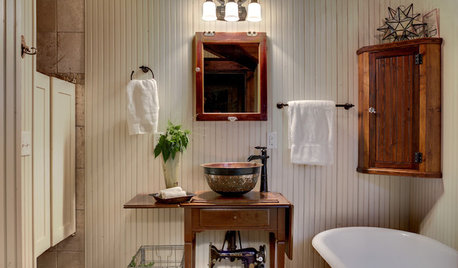
VINTAGE STYLEAntique Sewing Machines: Tailor Made for Nostalgic Decor
In full-on vintage rooms or contrasting modern looks, old sewing machines and tables are stirring up the past in a most stylish way
Full Story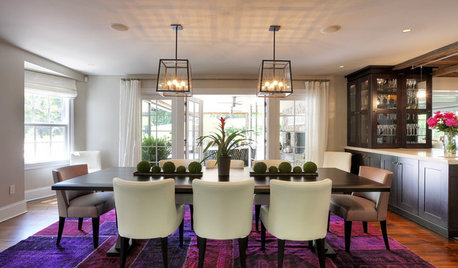
RUGSOn Trend: Antique Rugs to Dye For
Saturate a well-worn Turkish rug with vibrant colors, and what do you get? A floor covering that celebrates old and new
Full StoryMore Discussions






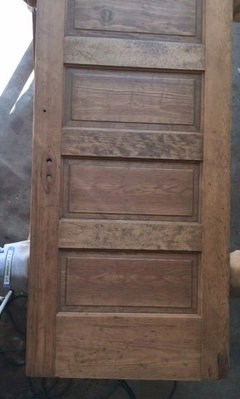
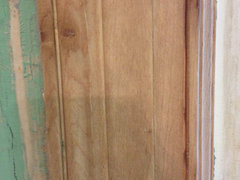





sombreuil_mongrel